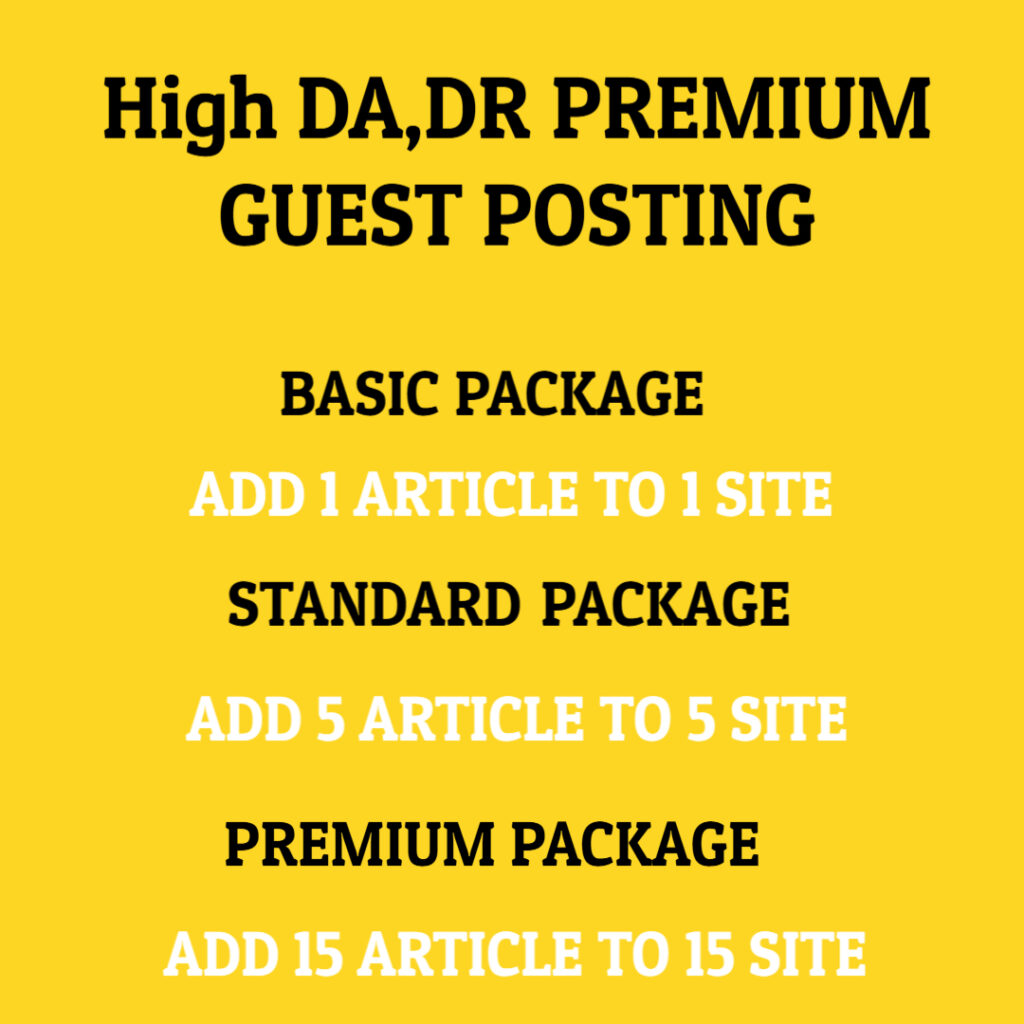In real estate, insurance, and property management, understanding the condition of a building’s core systems is crucial for long-term safety and financial planning. While comprehensive home inspections offer full-scale evaluations, there are many cases where a targeted assessment is not only sufficient—but preferred. Whether for insurance approval or internal review, narrowing the scope can yield clear insights with minimal disruption.
Streamlined inspections are designed to evaluate the essential components that most directly impact a property’s functionality and safety. They serve a critical role in high-stakes decision-making, especially when time is limited or full inspections are impractical. One such method stands out as an industry standard: a focused evaluation of a structure’s four most vital systems.
This type of assessment does not concern itself with cosmetic flaws or minor maintenance issues. Instead, it zeroes in on four functional categories that determine a property’s insurability and day-to-day livability: roofing, electrical, plumbing, and HVAC. Each of these categories presents a unique set of risks if not properly maintained or updated.
The roof is more than just the topmost layer of a home—it’s the primary defense against weather and environmental wear. A failing roof can lead to leaks, structural degradation, and mold, all of which are expensive to address. Inspectors assess roofing material, visible wear, signs of patching, and the estimated age of the roof system. Even a solid roof may fail to qualify for insurance renewal if it’s deemed too old or improperly installed.
Electrical systems are another high-priority concern. Outdated wiring, insufficient breaker panels, or signs of unsafe modifications all raise red flags for both insurers and homeowners. Fire risk is especially critical in this category. Inspectors check for the type of wiring used, the condition of outlets and switches, and whether the system meets current electrical code standards.
Plumbing is often taken for granted—until it fails. Old pipes, poor water pressure, or evidence of corrosion can point to major upcoming expenses. Even slow leaks behind walls can create long-term structural issues. Inspectors examine visible supply and waste lines, test functionality, and identify signs of past or present leakage.
Finally, the heating, ventilation, and air conditioning system is reviewed. This system directly affects comfort, air quality, and energy efficiency. Inspectors assess the age, maintenance history, and condition of the unit(s), as well as whether they are functioning safely and as intended.
A 4 Point Inspection brings these four categories together in a concise yet informative report. It’s widely used in insurance underwriting, especially for properties over a certain age, because it offers a snapshot of structural risk without delving into nonessential details. This report helps insurance companies decide whether a property meets the minimum standards for coverage or whether repairs are necessary before a policy can be issued or renewed.
Beyond insurance, the results can help homeowners plan for repairs or upgrades with greater confidence. Knowing that a home’s roof or plumbing is nearing the end of its expected lifespan allows for proactive budgeting and maintenance, reducing the likelihood of emergency expenses. It also strengthens the case for responsible homeownership when seeking financing or refinancing.
For sellers, this inspection can serve as a strong selling point—proof that the home’s core systems are in good condition. For buyers, it offers peace of mind without the cost of a full-scale inspection. And for agents or brokers, having this documentation in hand can streamline transactions and reduce buyer hesitation.
It’s important to note that a 4 Point Inspection is not a substitute for a full property inspection when buying or selling a home. It is more limited in scope and does not evaluate structural elements like foundations, insulation, or interior finishes. However, in cases where insurance is the primary concern—or where resources are limited—it provides excellent value.
As the real estate and insurance markets grow increasingly cautious due to age-related risk and climate exposure, demand for focused evaluations like this continues to rise. Homes with updated systems and proof of ongoing maintenance are not only more insurable—they’re more valuable in the eyes of lenders and future buyers.
In the end, the best property decisions are rooted in information. A well-executed targeted inspection helps reduce uncertainty and build confidence, whether you’re applying for insurance, planning a renovation, or preparing to sell. It’s a smart, cost-effective way to gain insight into the health of a home’s most vital components—without the noise.


